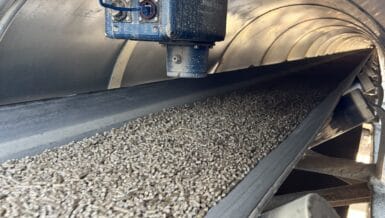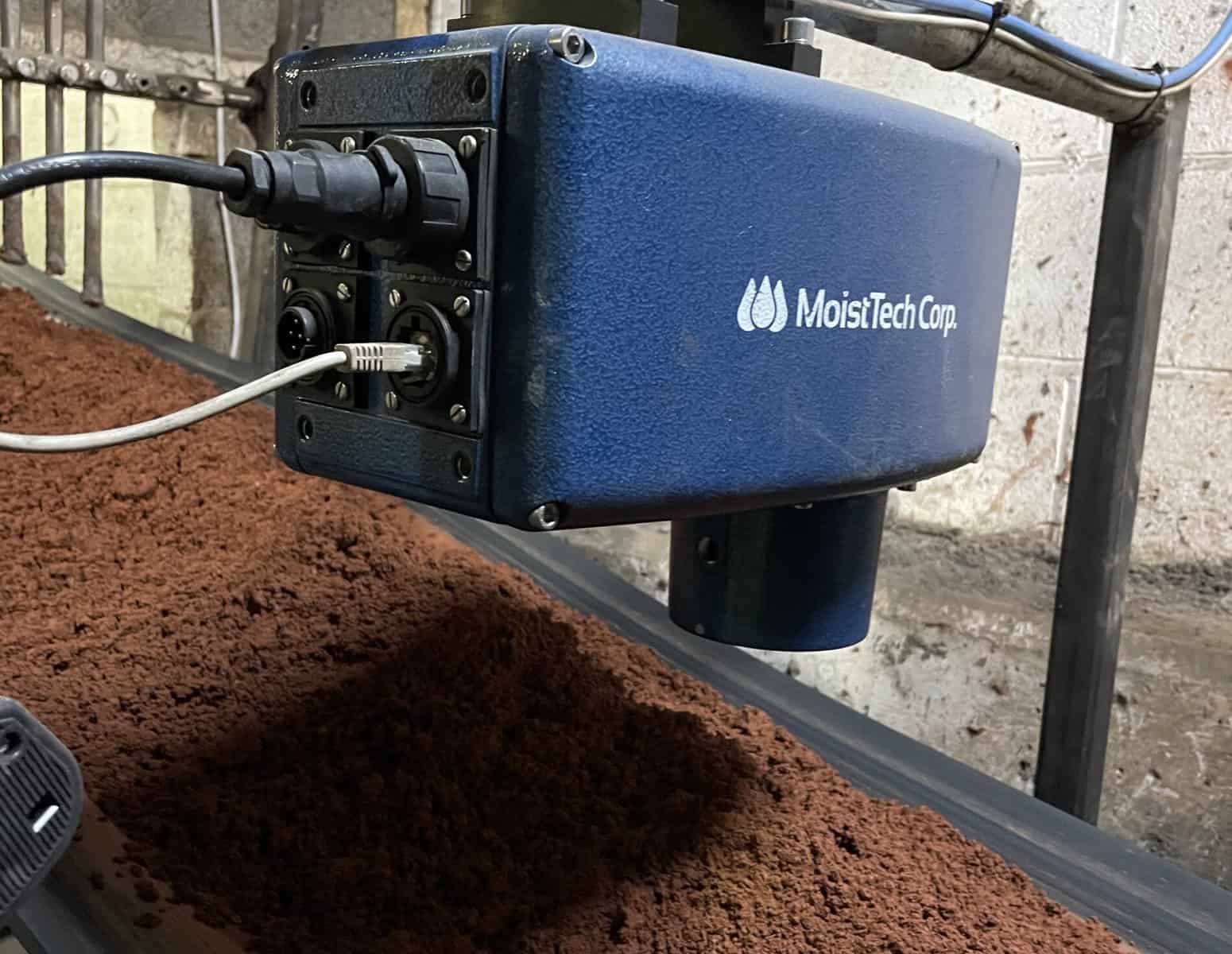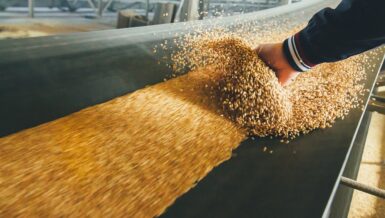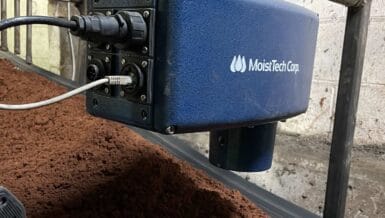There are many stages of the process which can benefit from moisture measurement, but this has historically been restricted due to the high costs and maintenance overheads of the products available.

Now industry leader, Hydronix shows that by using technologies that have been tried and tested in other markets, lower costs are allowing multiple sensors to be installed throughout the plants giving much greater visibility and control of the processes. The lifecycle of coffee starts when the red coffee berries are washed, and the green coffee beans are then extracted, dried, and milled to remove the outer shell.
The beans then undergo a further drying process where it is essential to reach the correct moisture target, to prevent the beans spoiling.
The green beans are then blended to give different flavours and intensities before being roasted, the crucial process which determines the distinctive aroma as the fats inside convert to oils and the sugars start caramelising.
Once perfectly roasted, the beans are then extinguished and cooled with air. Knowing the exact moisture before and after the roasting process can guarantee a repeatable result. The darkened and roasted beans are then ground in the mill to prepare for packaging and sale. Whilst every coffee producer has its fiercely guarded secrets, what is not a secret is that water content is a key element. The moisture of the roasted beans determines the size and shape of the ground coffee particles. Drier beans will shatter into finer and irregular pieces, while wetter beans will break into more rounded and regular particles. The ground coffee is finally checked for moisture to confirm the product quality and shelf life before packaging the coffee.
Finally, in our houses, we brew the coffee just the way we like it. Moisture control is necessary at many points, from the green beans to packaging, to improve the yield and the quality of the coffee produced. A typical standard procedure is to perform a laboratory test where the moisture of a collected sample is determined by heating it until all the water has evaporated until only the dry material remains. A simple calculation using the difference in the weight of the sample before and after heating then gives the moisture. As the test procedure, from sample collection to bake out, requires a long time, it is not possible to provide valuable real-time feedback to control the process. The test is also not completely representative as it analyses small quantities of large volumes introducing sampling errors.
It is possible to quickly measure the material flow continuously by using an online moisture sensor, and a few different types of moisture sensors are available, but not all measurement techniques are suitable as the coffee process requires a high degree of accuracy and stability.

Some sensor technologies, such as those based on Near Infra-Red techniques, give very good accuracies and can give a lot of extra information about the material itself, such as protein and fat content, but are expensive with high ongoing maintenance costs and are affected by dust and component life. Other sensor technologies can be cheaper but are less precise due to the techniques being used and the interference from impurities in the material flow, such as salts, and environmental factors such as temperature.
Although microwave-based moisture measurement techniques can give a very high degree of precision and accuracy, an essential but often overlooked difference in microwave technology is the linearity and stability of the measurement. The older technology used in analogue microwave sensors has a nonlinear measurement making them very difficult to calibrate as they require numerous points to fit the curve. Nonlinearity also implies low accuracy (Figure 1).

Hydronix sensors use a digital multi-frequency measurement technique that gives a linear measurement, where the sensor value and water content are directly proportionally related. This method allows the sensor to be more accurate throughout the moisture range and calibrated more precisely, removing the need for recalibrations after commissioning. We would recommend this method to all coffee producers.
Comprising a single, intelligent unit that contains all on-board functionality, including signal processing and averaging, each Hydronix sensor is built with high-quality materials and is extremely reliable and durable. Hydronix believes that, by providing the best digital microwave moisture sensor technology with passion and expertise, we help to build a more sustainable future for our children and the generations to come.
Hydronix is represented by a network of local expert engineers in over 80 countries worldwide, speaking your language… over a nice hot cup of coffee.










































